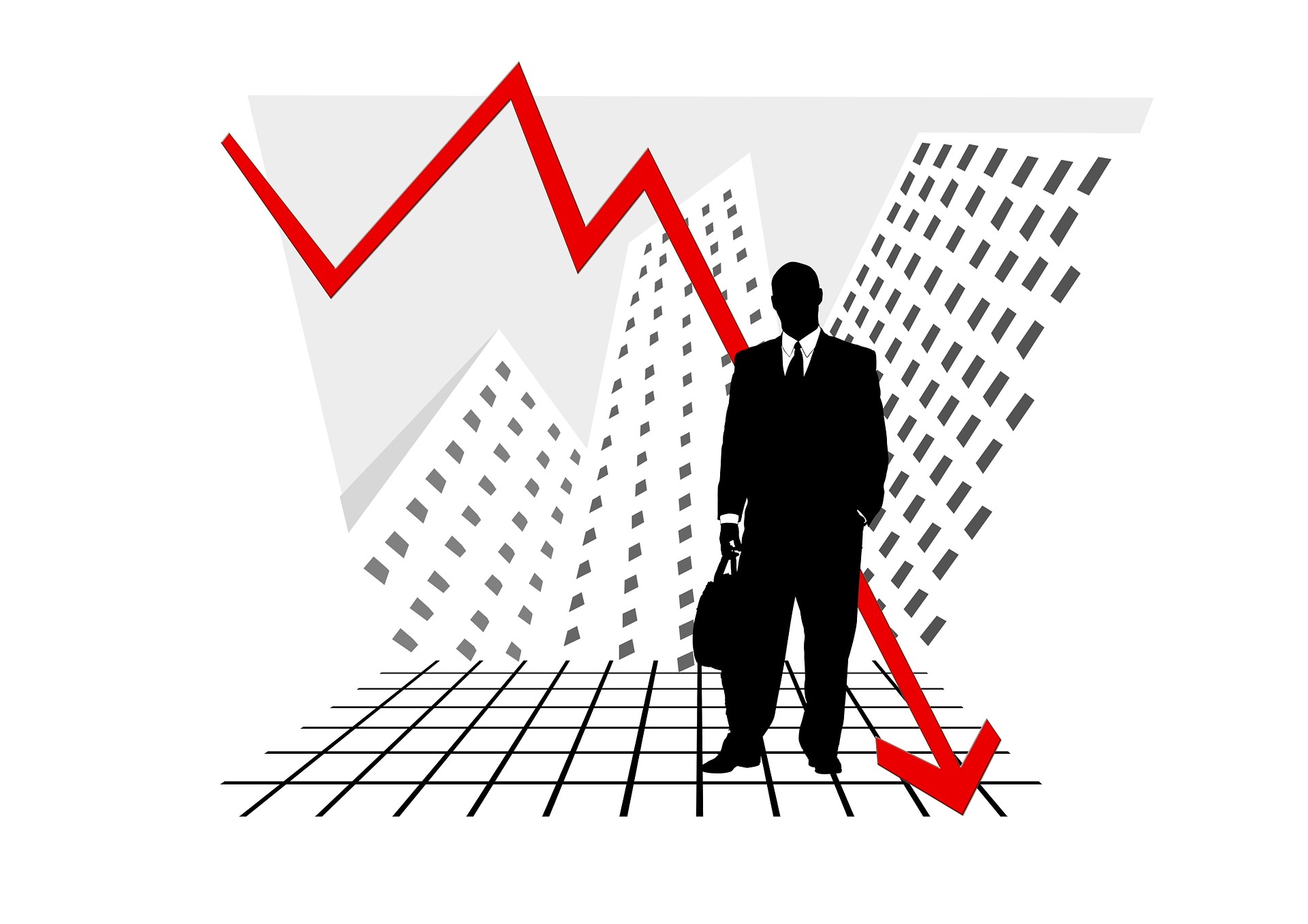When 2020 ended, we had hoped 2021 would bring us back to some sort of normalcy.
CoVid-19 had other plans however, and it was not to be. Now, as we enter 2022,
hopefully with better medical knowledge on how to deal with the virus, vaccines and
a somewhat milder version that the Omicron variant is rumored to be, we can once
again hope the world returns to some sort of semblance of order.
Unfortunately, the market is not cooperating and falling uncharacteristically hard.
In March of 2020, the Dow fell a stunning 38% in three weeks, which was the fastest
swing from a bull market to a severe correction in history.
At 38% down, it had arrived at a mathematical resistance point indicated by the
Fibonacci method detailed here:
(https://www.investopedia.com/terms/f/fibonacciretracement.asp)
This theory states there are a variety of resistance points, of which some of the major
ones, and include crashes that go down 38%, 50% and 80%. At down 38% in March
2020, the Dow appeared to have halted its decline and in hindsight, it nailed the
Fibonacci resistance point almost to a “T”.
For comparison, the 2001 crash hit the S&P by 50% down and the NASDAQ by 80%.
The 1929-1932 crash events also were down 80%.
All Fibonacci numbers. (Coincidence?)
Take a look at those correction numbers again.
Can you imagine a 38% sell off today?
How about a 50% or 80% wipe out?
Anything is possible in the world of markets.
And are you prepared for that kind of crash?
Few are.
2021 arrived and early on, the market started to bounce wildly with every new variant,
new vaccine and the latest rumors of Government responses to CoVid-19.
Although 2021 saw some scary sell offs, it never witnessed the type of crash that
occurred in 2020. The reasons for this are heavily debated, but it is thought the
massive amount of money creation (rescue programs) by the Fed to stave off massive
economic damage from the shut downs found its way into the markets, as money
creation usually does.
Unfortunately however, as a result, we are now witnessing another outcome from all
this created cash, which is severe inflation. In order to stop inflation, the Federal
Reserve will usually raise interest rates, which puts a damper on the money supply
and therefore slows the economy.
The risk of a Fed tightening (raising interest rates) may be the cause for the current
severe erosion in stock prices. No doubt, the current fall is a serious event, already
taking down the Nasdaq by over 10%, with some technology 60-80% off their highs.
Some analysts are calling for a 50% correction in the Nasdaq, while others say
another 10% sell off is in the cards for the market as a whole.
Now here is the rub. Money creation will not cause inflation without velocity (faster
money circulation). However right now, money velocity is almost at an historic low.
Velocity increases as more people acknowledge inflation. With inflation at the highest
it’s been since 1982, and money velocity still near zero, when velocity does pick up,
inflation may outright crush the consumer.
Coupled with supply shortages due to CoVid sick outs, the inflation that may be
headed our way may beyond what we have seen in our lifetime, barring the 1980’s, if
you were alive back then like I was.
If that happens, the FEDS will be forced to raise rates, and not by the anemic ¼ of
percent we have seen by the current dovish, market sensitive FED. They may have to
jack rates up quick, and that may crush the markets even more than what we are
witnessing now.
When the market reacts violently in response to an interest rate hike, those having no
protection strategies will likely see their balances move and possibly by a lot.
Already the market has been almost relentlessly hammered with no end in sight at the
time of this writing. Should inflation accelerate from here, the market may decline at
an even faster pace in anticipation of an even more aggressive FED to address it.
No one can predict market movements at any time. This is not a recommendation to
buy or sell any securities. This article expresses the opinion of Marc Cuniberti and
may not reflect the opinions of this news media, its staff, members or underwriters.
Mr. Cuniberti holds a degree in Economics with honors, 1979, from SDSU. His phone
number is (530)559 -1214.


